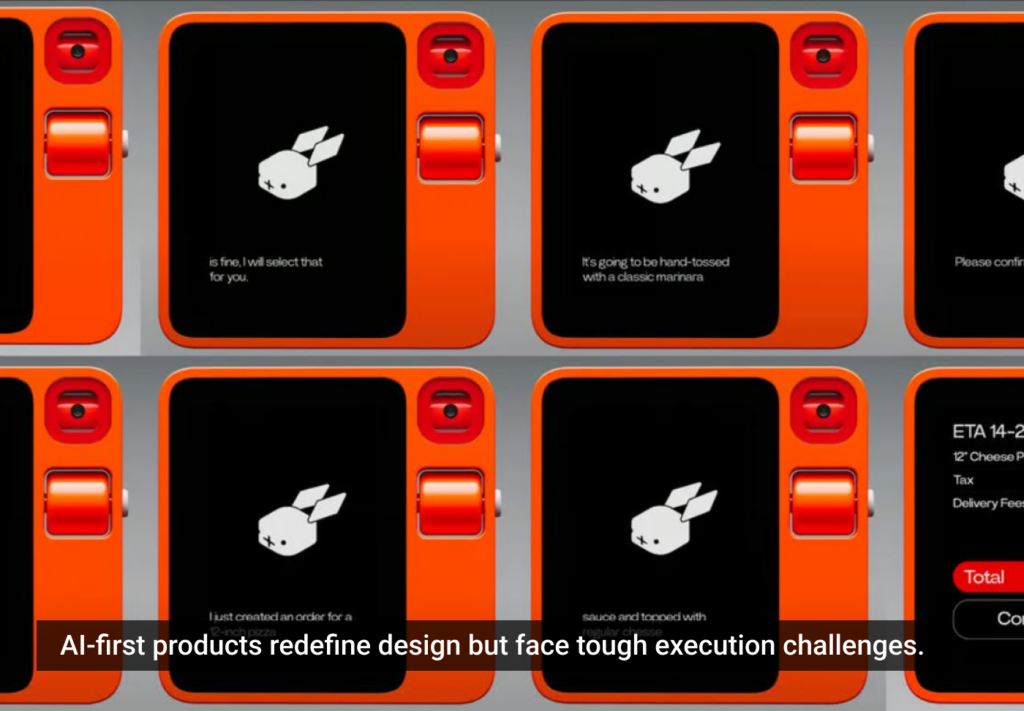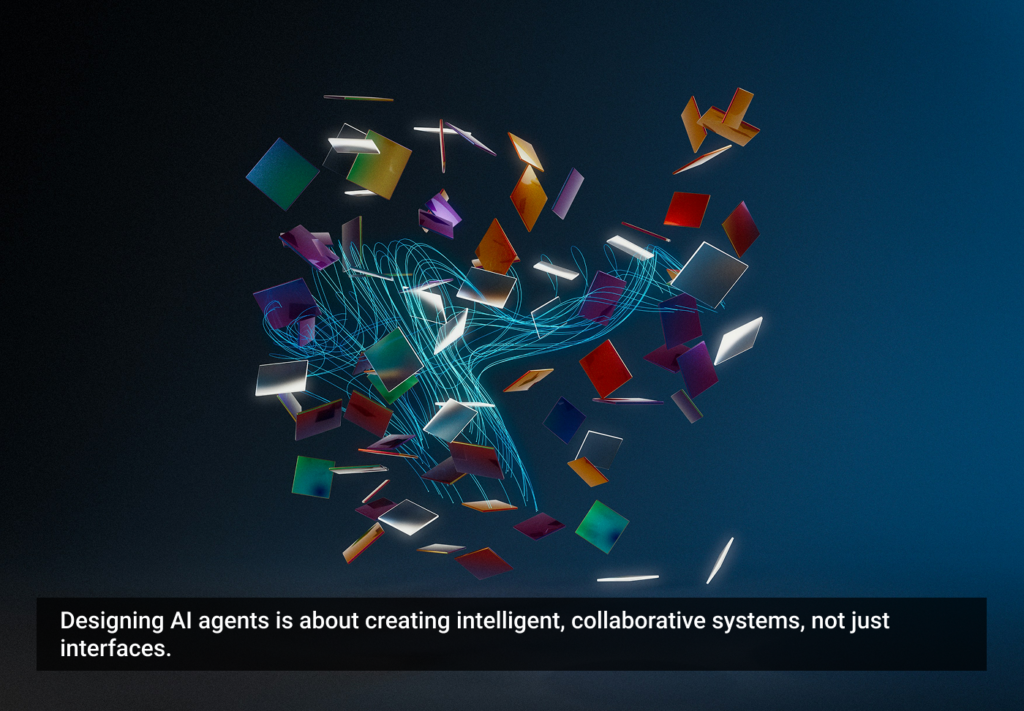- Artificial Intelligence, Cognition, Design Psychology, Human-Centered AI, Human-Computer Interaction, Interaction Design, Psychology and Human Behavior, UX Design
Designing for AI goes beyond buttons and screens; it’s about building invisible connections of trust, understanding, and psychology between humans and technology.
Article by Anina Botha
Designing the Invisible between humans and technology: My Journey Blending Design and Behavioral Psychology
- The article explores the shift from designing visible interfaces to shaping invisible psychological connections between humans and AI.
- It emphasizes that trust, reliability, and understanding are more critical design challenges than traditional UI or UX elements.
- The piece argues that AI design is less about predefined flows and more about building relationships grounded in psychology and human behavior.
Share:Designing the Invisible between humans and technology: My Journey Blending Design and Behavioral Psychology
Share this link
- October 7, 2025
4 min read







